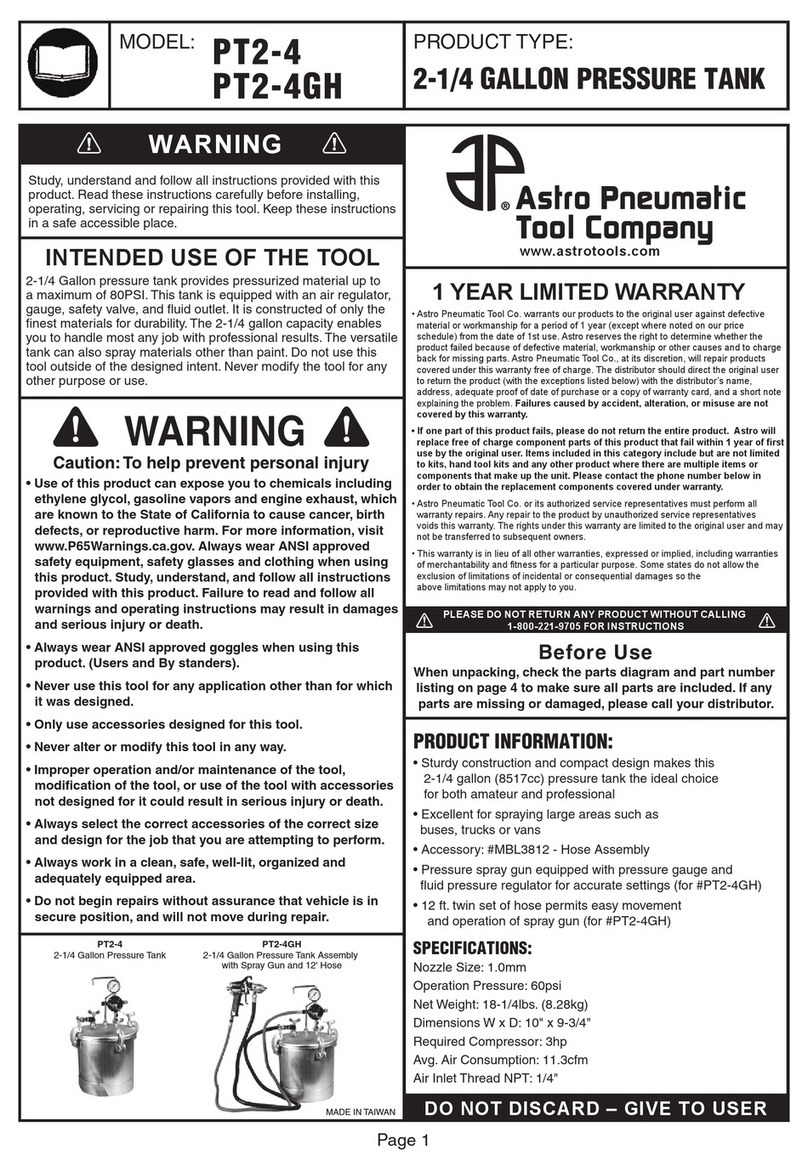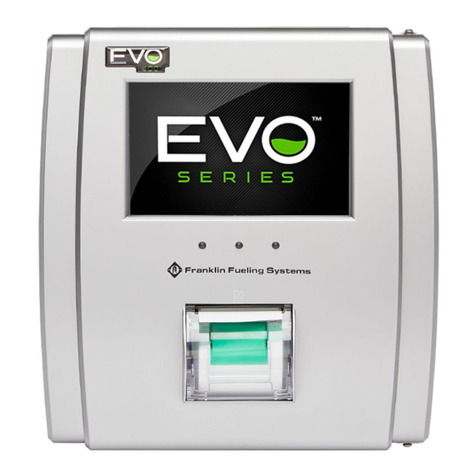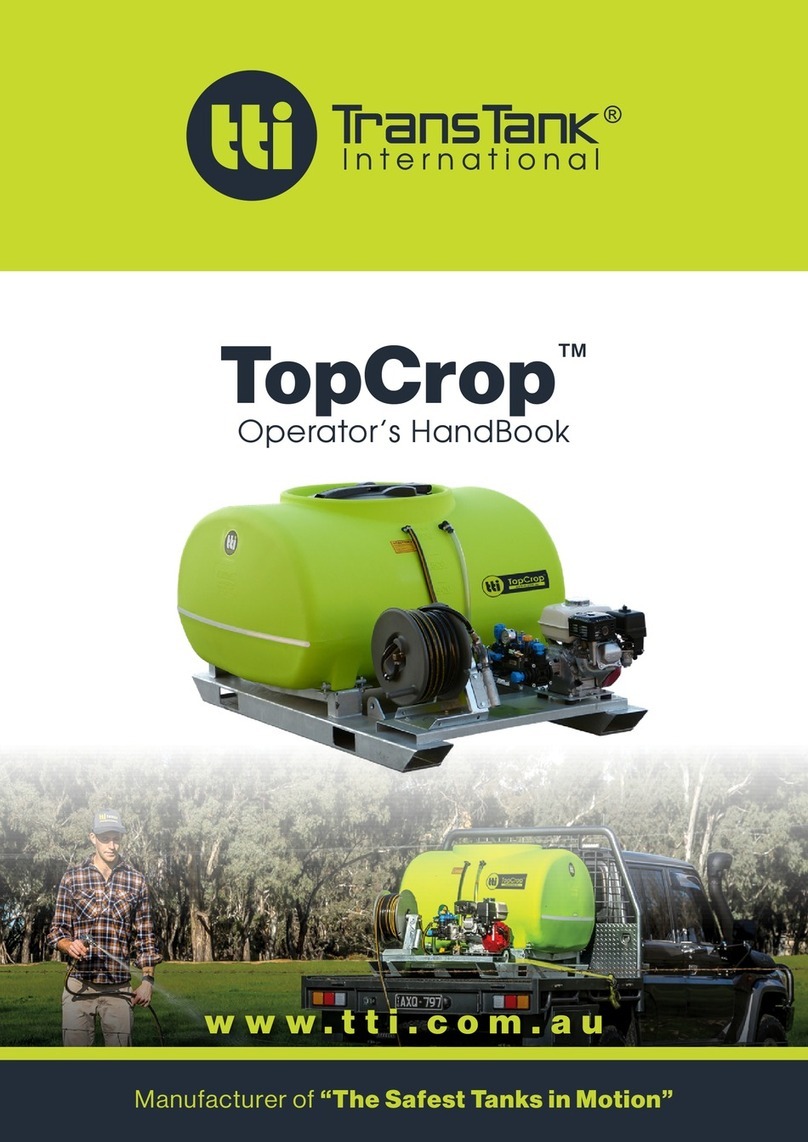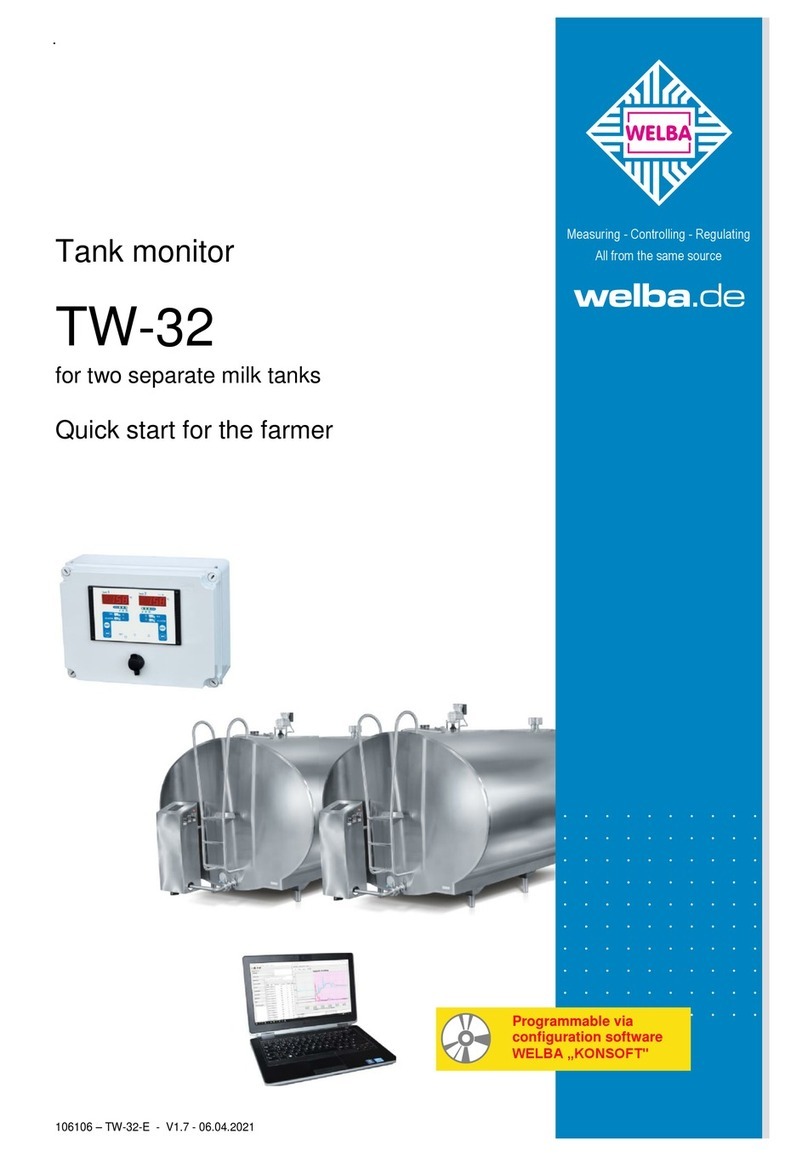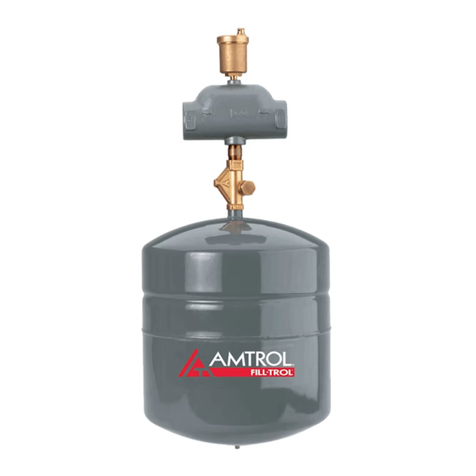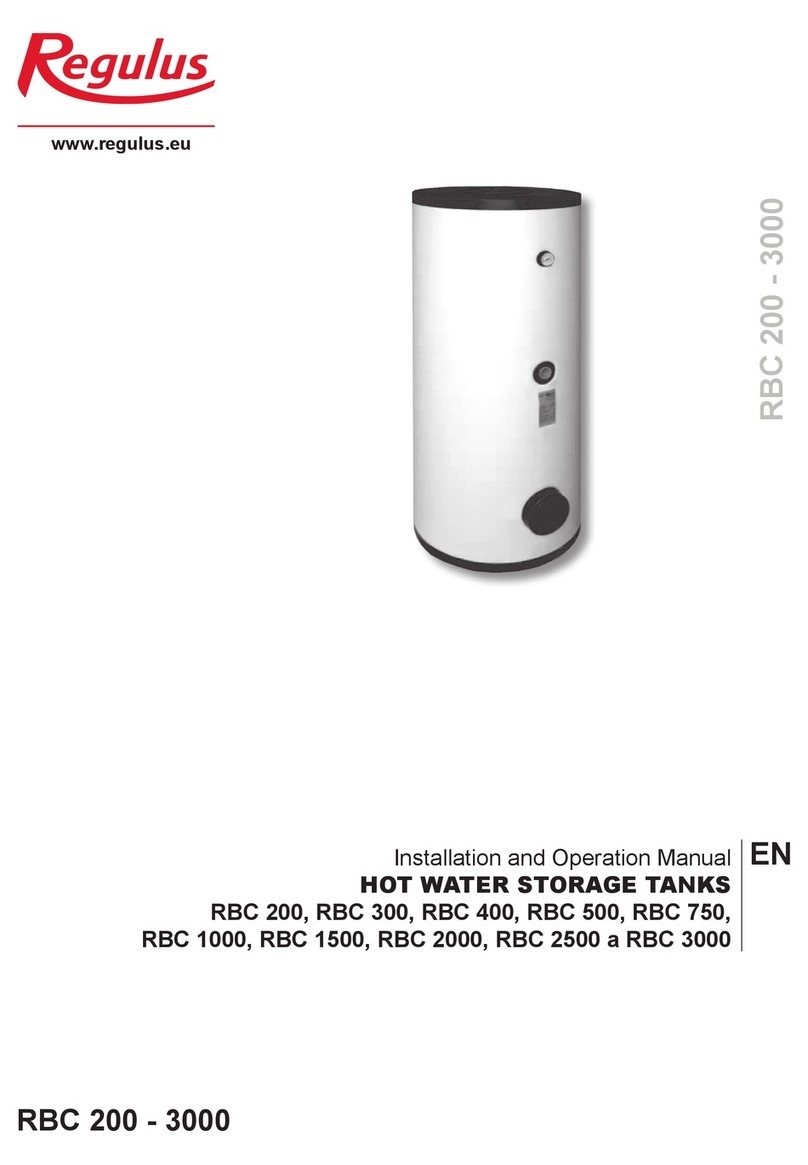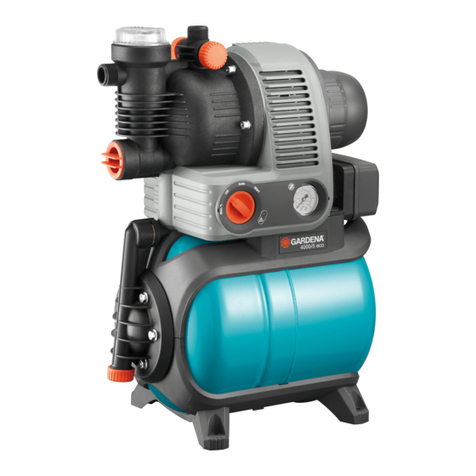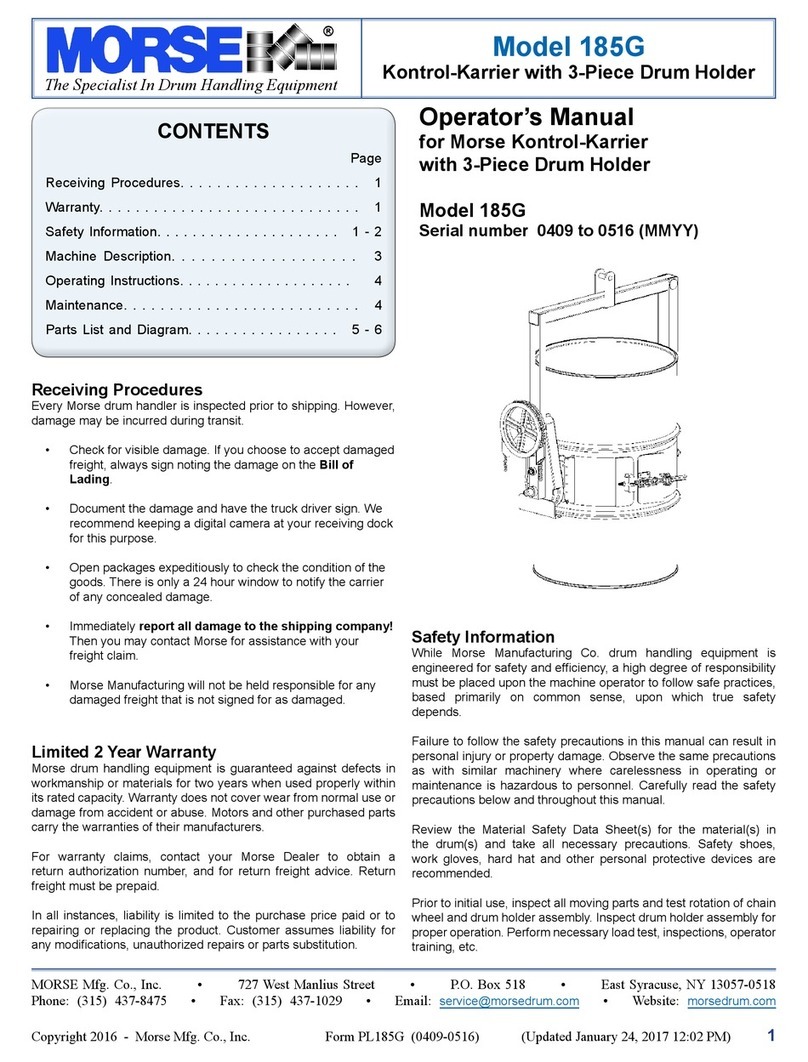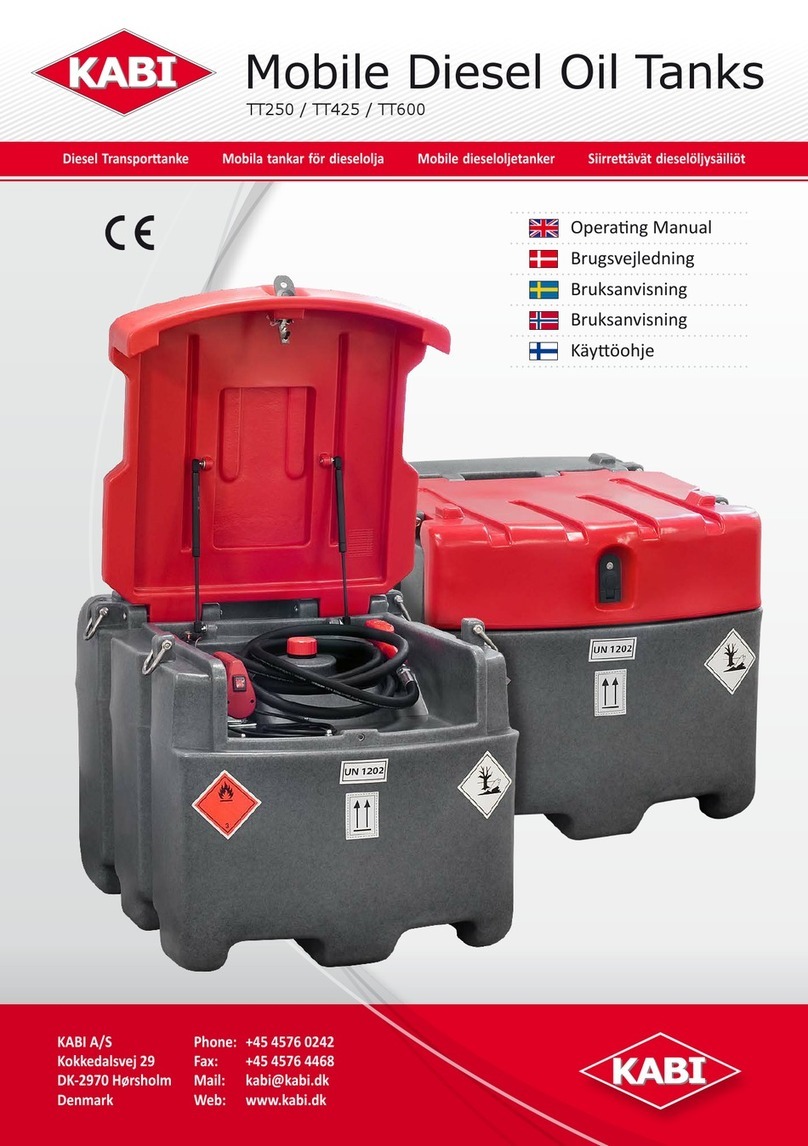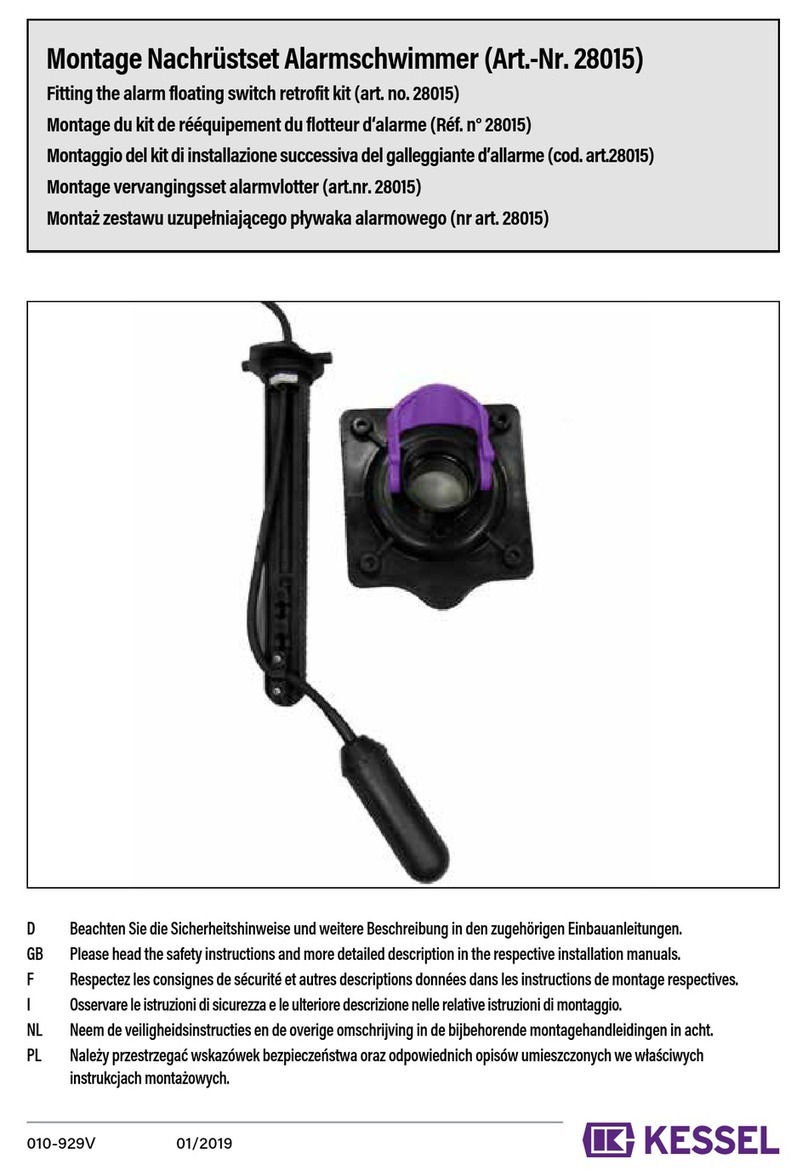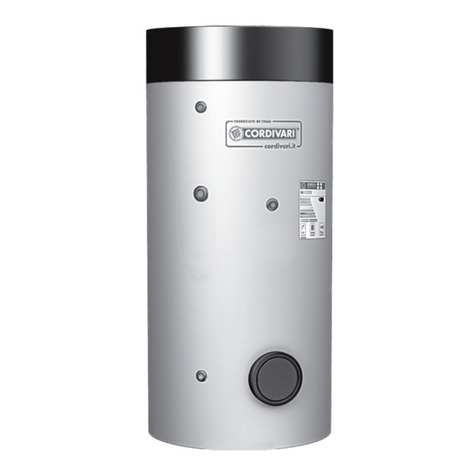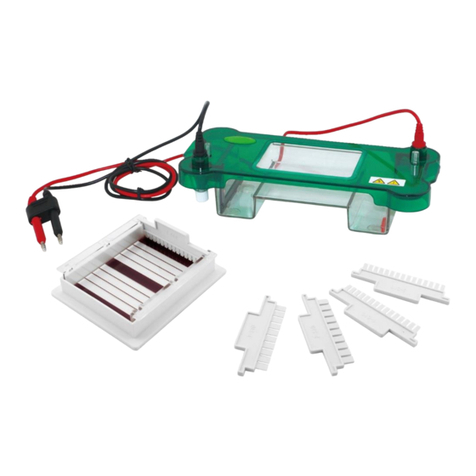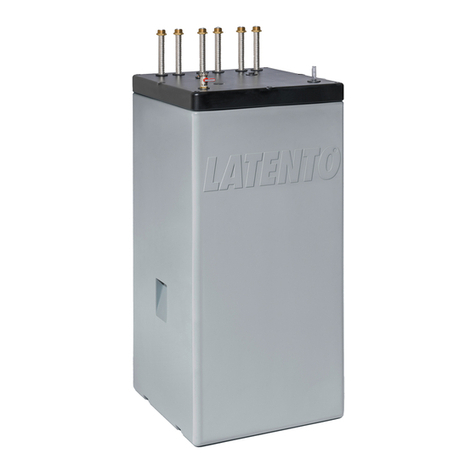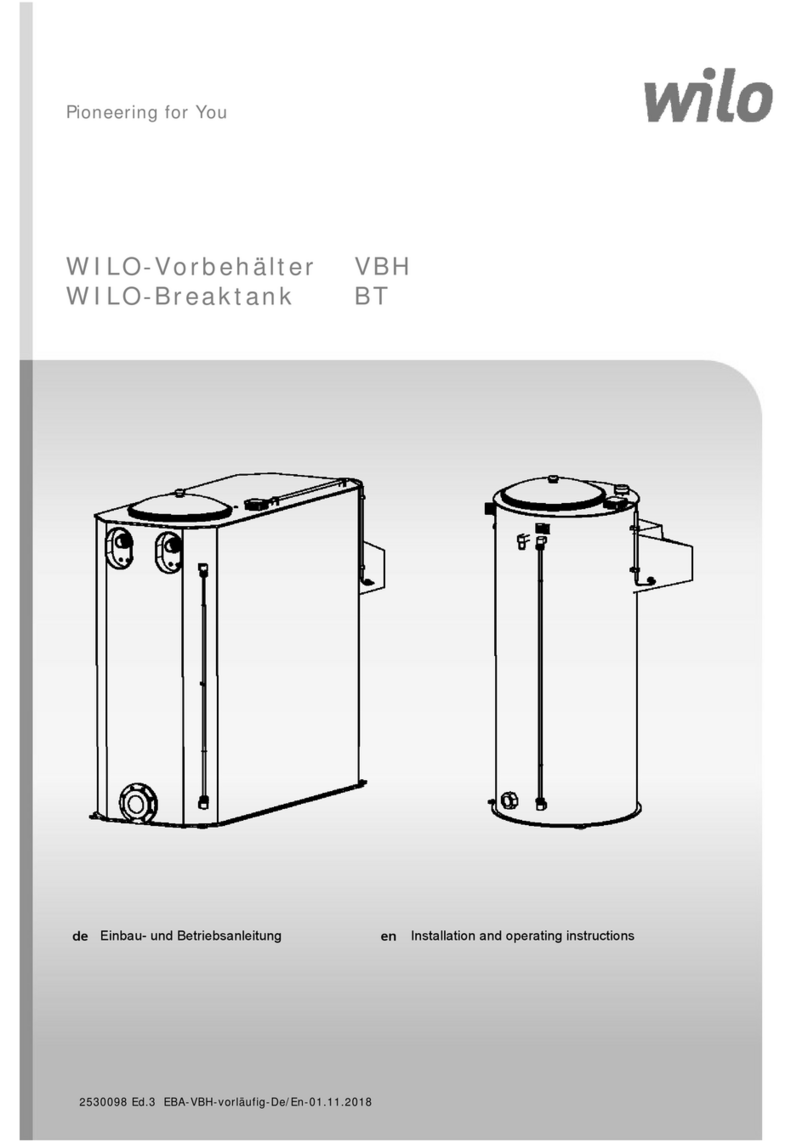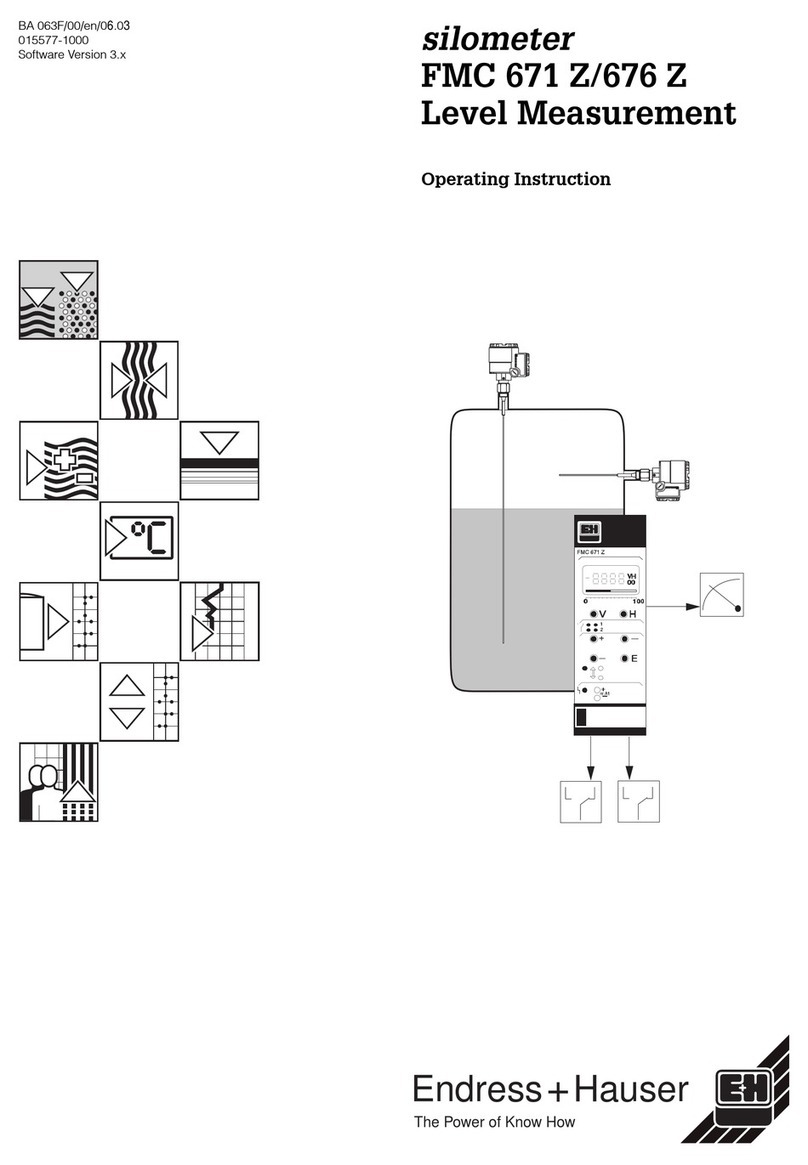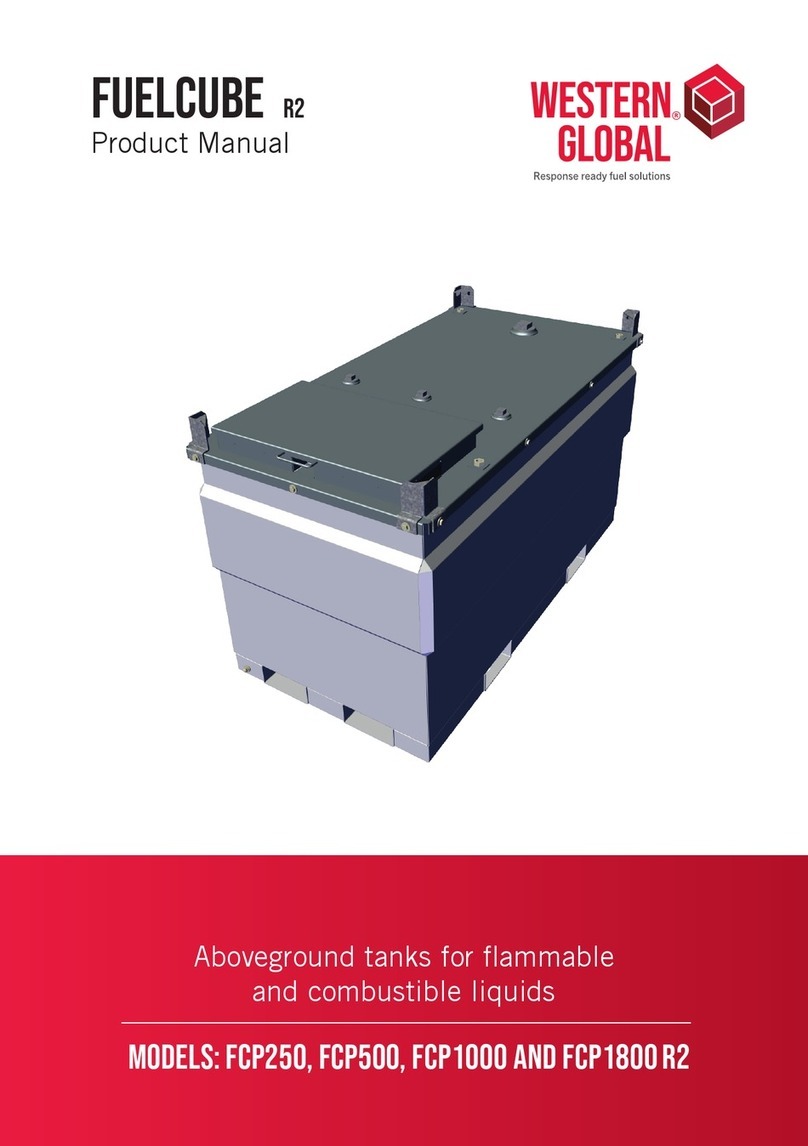Table of Contents
1Notes on the manual............................................................................................................................. 5
1.1 Explanations of the Safety Instructions ............................................................................................. 5
1.2 General Safety Instructions ............................................................................................................... 6
1.3 Repairs............................................................................................................................................... 7
1.4 Confirmation Form for the Managing Operator.................................................................................. 7
1.5 Type Plate Description....................................................................................................................... 8
2Safety and occupational health instructions...................................................................................... 9
2.1 General.............................................................................................................................................. 9
2.2 Safety instructions on the handling of liquid nitrogen...................................................................... 10
2.3 Safety instructions on the handling of liquid nitrogen (Oxygen deficiency)..................................... 10
2.3.1 Dangers ....................................................................................................................................... 10
2.3.2 Causes......................................................................................................................................... 10
2.3.3 Recommendations....................................................................................................................... 10
2.3.4 General conduct in the case of an accident ................................................................................ 11
2.4 Safety instructions on the handling of liquid nitrogen (Cryogenic burns) ........................................ 11
2.4.1 Dangers ....................................................................................................................................... 11
2.4.2 Causes......................................................................................................................................... 11
2.4.2.1 Burns through splashes....................................................................................................... 11
2.4.2.2 Burns through contact.......................................................................................................... 11
2.4.3 Recommendations....................................................................................................................... 11
2.4.4 General rules of conduct for splashes with liquid nitrogen.......................................................... 12
2.4.4.1 To the eyes.......................................................................................................................... 12
2.4.4.2 On the skin........................................................................................................................... 12
2.5 Danger of explosion......................................................................................................................... 12
2.5.1 Dangers ....................................................................................................................................... 12
2.5.2 Causes......................................................................................................................................... 12
2.5.3 Recommendations....................................................................................................................... 12
2.5.4 General conduct in the case of an accident ................................................................................ 12
2.6 Oxygen enrichment.......................................................................................................................... 13
2.6.1 Dangers ....................................................................................................................................... 13
2.6.2 Causes......................................................................................................................................... 13
2.6.3 Recommendations....................................................................................................................... 13
2.7 Surrounding area of the machine .................................................................................................... 13
2.7.1 Rooms.......................................................................................................................................... 13
3Operating the Device .......................................................................................................................... 14
3.1 Views of the device.......................................................................................................................... 14
3.2 Overview table of the parts of the device ........................................................................................ 15
3.3 Technical Data................................................................................................................................. 16
3.4 Vacuum closure and safety device.................................................................................................. 16
3.5 Level Display ................................................................................................................................... 17
3.6 Filling the vessel .............................................................................................................................. 19
3.7 Pressure build-up............................................................................................................................. 20
3.8 Withdrawal of liquid nitrogen............................................................................................................ 20
3.9 Pressure relief.................................................................................................................................. 20
3.10 Transport.......................................................................................................................................... 20
3.11 Maintenance .................................................................................................................................... 21
3.12 Admitting the test pressure.............................................................................................................. 22
3.13 Checking the seat tightness............................................................................................................. 22
3.14 Checking the response pressure..................................................................................................... 22
4Index ..................................................................................................................................................... 23
